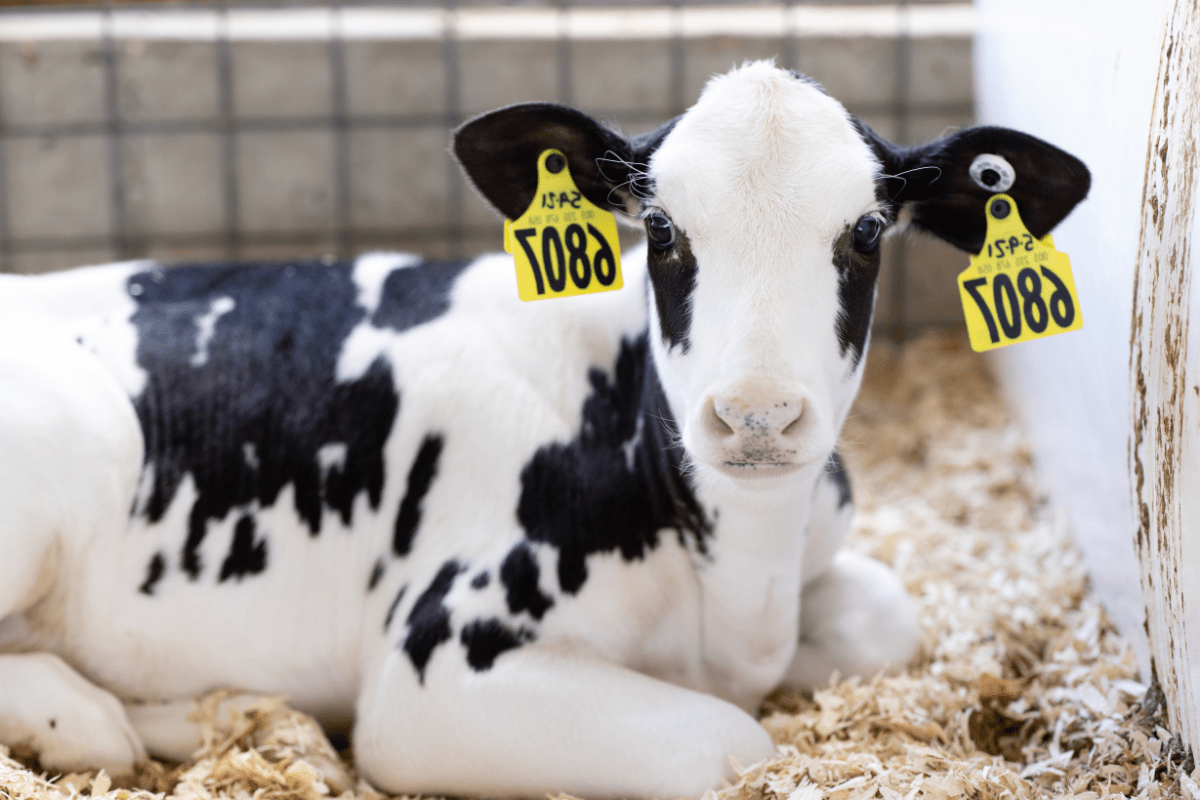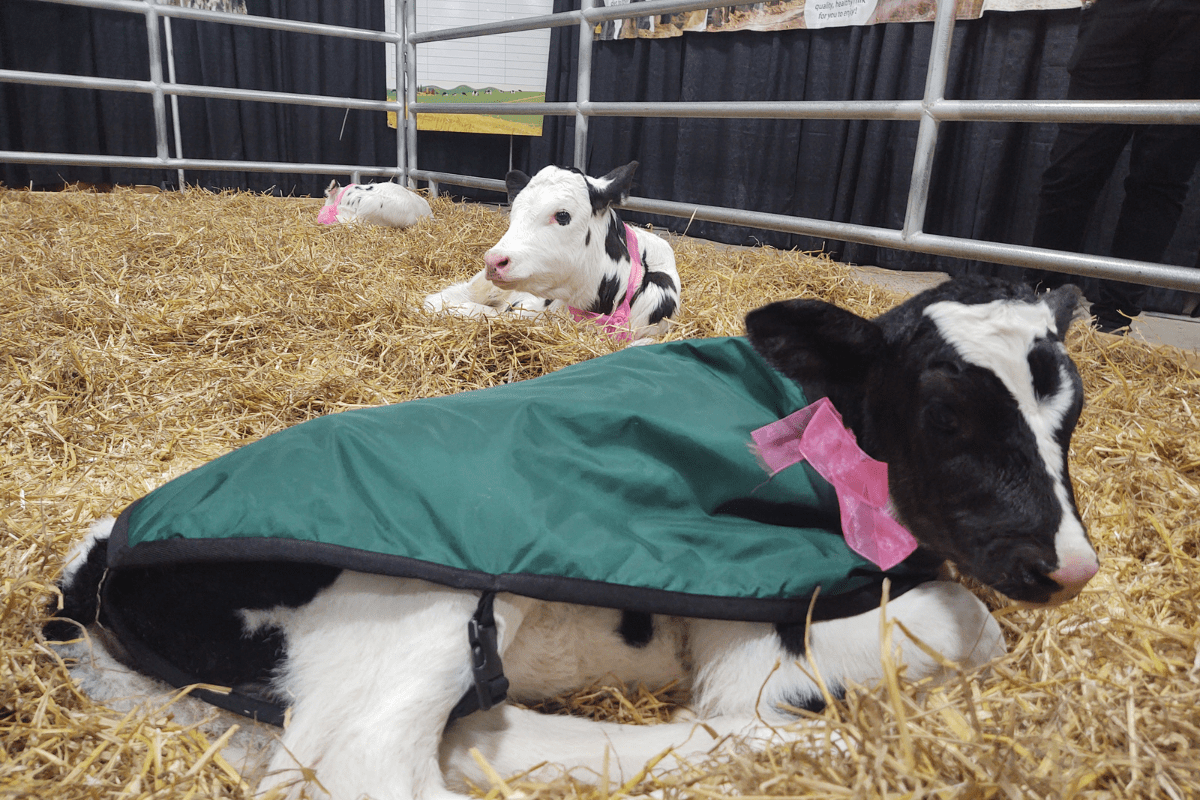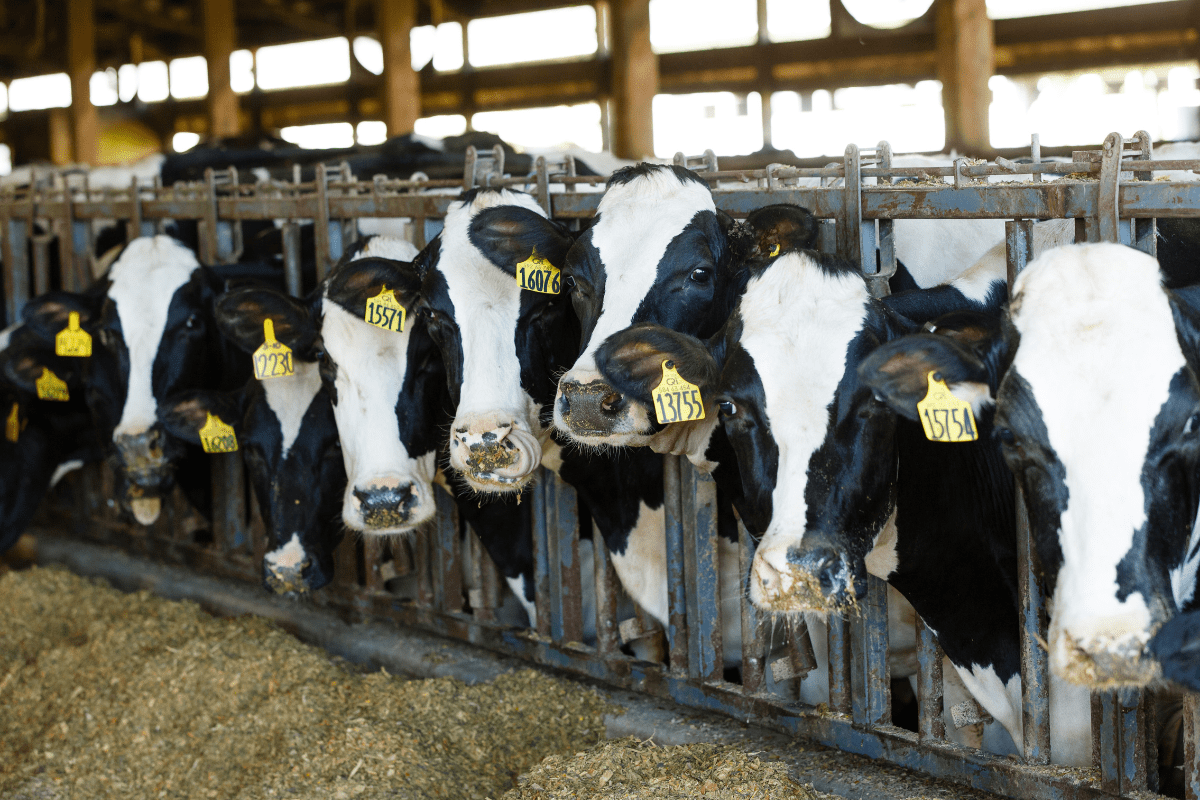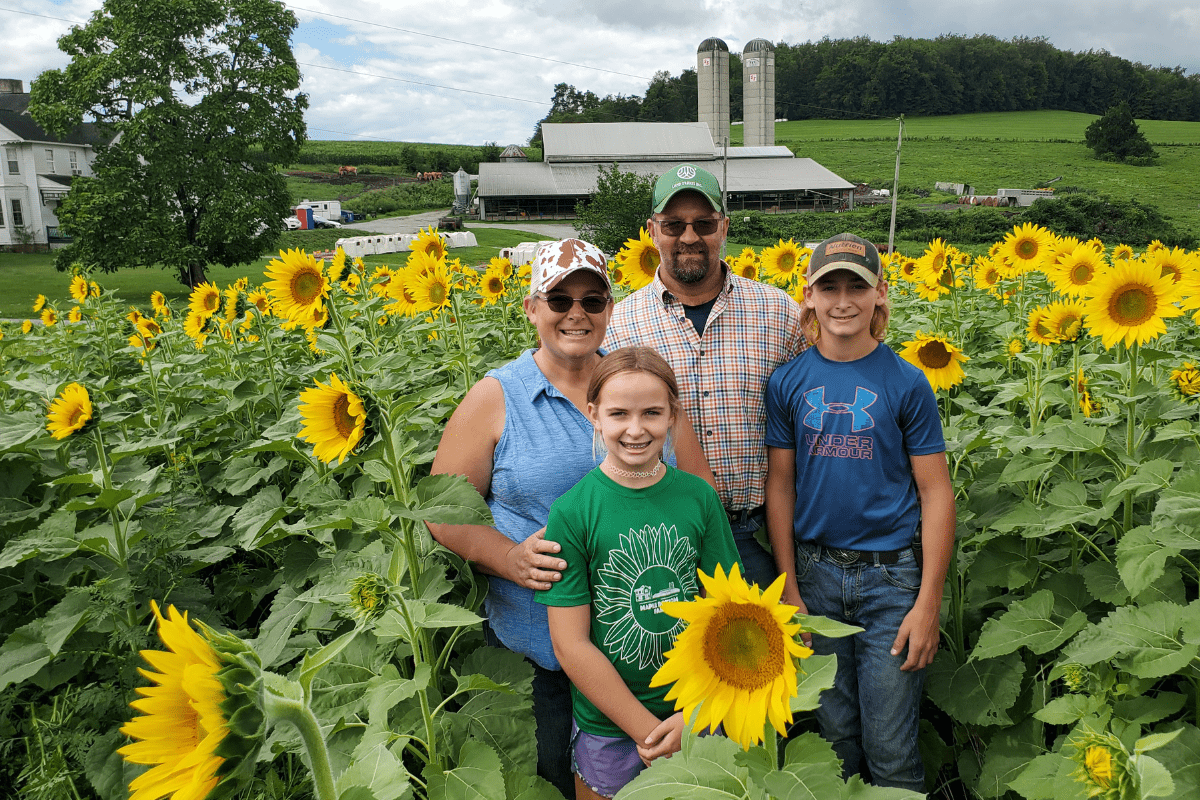It’s almost time for the annual ritual of moving clocks forward one hour. For many people, daylight saving time is as much disliked as it is mispronounced.
Remember it’s “saving,” and not “savings” with an extra “s” tacked on.
We’re not stockpiling sunshine here; we’re just shifting the clock forward one hour. So, next time you’re shooting the breeze about it, drop that extra “s” like a hot potato!
Learn more about some of the benefits and negatives of daylight saving time in this quick educational video from National Geographic.
Now we know how we’re affected by the time shift. But, what about dairy farmers and their cows?
Cows dig daylight saving because they need 14 to 16 hours of light each day. It’s what they’re used to in summertime. Dairy farmers go out of their way to make sure there is no disruption for cows as clocks spring forward when daylight saving time returns Sunday, March 10, at 2 a.m.
Third-generation dairy farmer Natasha Stein Sutherland says cows don’t like change. At Stein Farms in Le Roy, New York, Natasha tries to keep things as consistent as possible for cows because they’re creatures of habit and don’t like change. Even an hour can throw cows out of their comfort zone. “The first few days, we don’t change the cows’ clock. We adjust the timing of what we do on the farm,” says Natasha.
Milking Time, Making it Routine
It’s all the same thing. It doesn’t seem THAT long… unless you’re a cow.
To them, it’s everything. Cows like routine.
To keep cows in routine, Natasha says the farm tries to gradually change the milking and feeding times for its 900 cows. “Otherwise, you’re asking a cow to be milked an hour after she’s traditionally getting milked. She’s ready to go get milked and looking at you like, ‘why aren’t you milking me now?’” So instead of an hour in a single day, Natasha says the cows’ schedule is altered in 30-minute increments over two days.
Brightening a Cow’s Day
To help cows through the dull days of winter and get them through to daylight saving time and the shift in daylight, Stein Farms’ cows spend more time under electric lighting. Their barn is lit by LED lights and automated in terms of sunrise and sunset. “The whole lighting system literally simulates the sunrises still, just at around 5 a.m. for the cows.” Keeping cows in a comfortable summertime routine. Natasha says the lights are programmed to turn off around 11 pm, giving cows the six hours of complete darkness that they are used to.
Lighting the Way Toward Energy Effeciency
While the simulated daylight makes cows comfortable, the LEDs make Stein Farms more energy efficient. Natasha says through a grant project, Stein Farms has updated half of its lighting fixtures to LED lighting. “They’re going to cut our energy cost by 20% a year, so we’re conserving more energy, and we plan to continue to make more environmentally friendly choices in lighting,” she says.
Natasha tends to her dairy herd while also protecting the environment. Learn more about her through This American Dairy Farmer. She was featured in the episode, “Happiest Person I Know.”
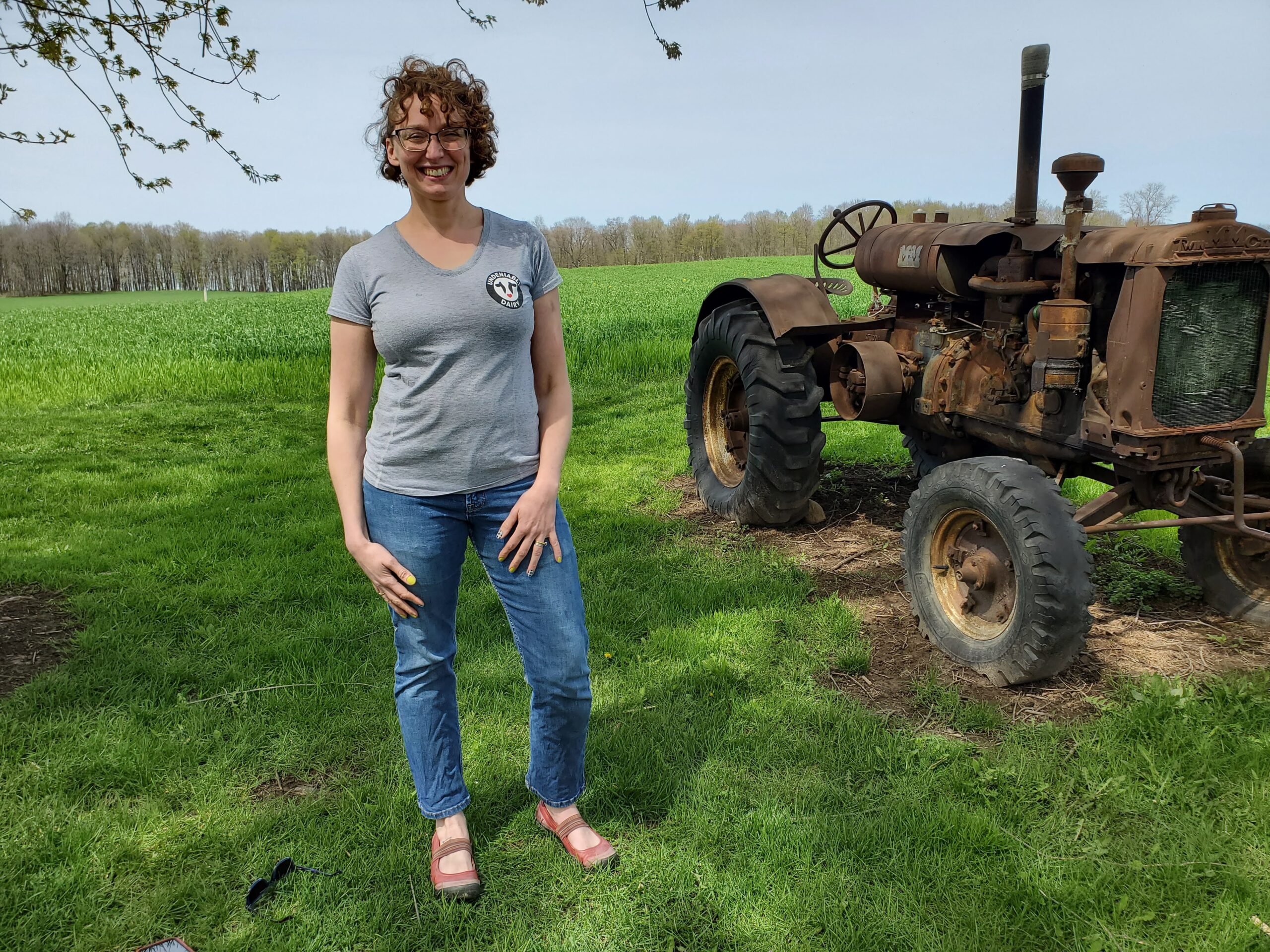
Before you know it, it’ll be time to mess with the clocks yet again. So let’s stay present and focus on the ‘here and now’ and enjoy the march toward spring and summer solstice.

